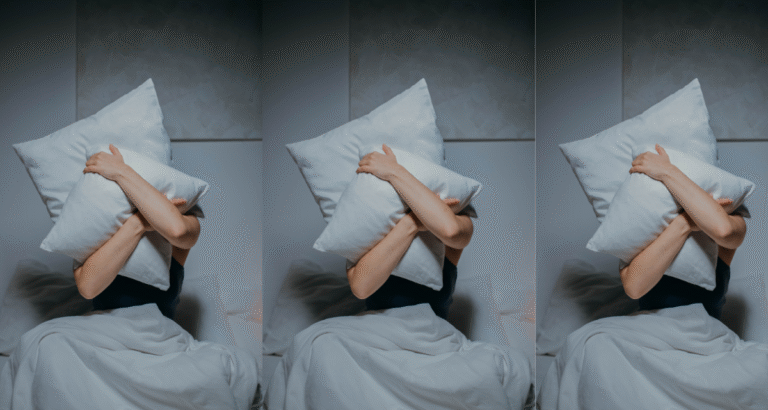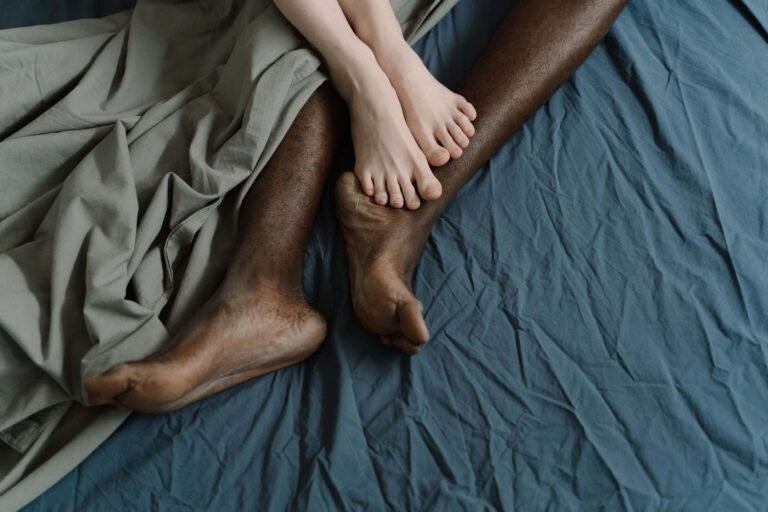Back pain is , in order of frequency, the most common chronic health problem in our society. This makes it a common reason for consultations in primary care and pharmacies.
The high prevalence of this pathology is explained by the fact that it is a very heterogeneous disorder.
Thus, we can talk about different types of back pain mainly depending on the area of the spine affected, its duration, the symptoms it produces, and the causes that originate it.
It’s worth remembering that this condition can be very limiting and often has a significant impact on the personal, social, and professional lives of those who suffer from it.
For this reason, proper diagnosis and treatment of back pain from the moment it first appears are essential.
Cervical, dorsal, and lumbar pain
There are different types of back pain depending on the area of the spine affected: cervical, dorsal, and lumbar.
Neck pain
Cervicogenic pain is located in the cervical area of the spine.
Neck pain is a common condition. Specifically, it is estimated that 30-40% of the population will experience this type of pain at some point in their lives.
Neck pain can have a wide variety of causes . One of the most common is torticollis . This type of back pain is characterized by prolonged muscle contraction in the neck and limited cervical mobility that usually lasts less than a week.
The causes of torticollis can be sudden, repeated, or forced movements, poor posture, stress, or fatigue.
Another type of neck pain is known as whiplash or sprain. This is usually associated with trauma, usually a traffic accident, which causes the head to suddenly move backward, forward, or both directions.
Whiplash can cause significant damage to various structures in the neck, including joints, muscles, ligaments, and nerves. Therefore, early diagnosis and treatment are key to preventing permanent consequences or after-effects.
Cervical curvature can also be a cause of this type of back pain. This condition occurs when the normal or physiological curvature in this part of the spine is lost or significantly diminished.
As the years go by, osteoarthritis in the cervical spine must be considered as a possible cause of this condition.
Other less common causes of neck pain may be rheumatoid arthritis, polymyalgia rheumatica, or other spinal arthropathies such as cervical disc herniation.
Symptoms of neck pain may include tension headaches (holocranial or helmet headaches), dizziness, vertigo, and paresthesias in the arms and hands, among others.
Back pain
Dorsalgia encompasses the different types of back pain that are located in the area of the dorsal vertebrae.
However, the symptoms of back pain can vary greatly depending on its cause.
Mechanical back pain is usually due to a muscle strain from overexertion or poor postural hygiene. If this is the case, it may appear as a moderate pain that worsens with movement, or it may persist constantly and for a long time.
On the other hand, when it comes to acute pain, one must consider the possible involvement of the intercostal nerve. In this case, the pain radiates along the rib and is significantly exacerbated by movement and even deep inspiration.
Other possible causes of back pain include scoliosis (a curvature of the spine) and hyperkyphosis (an exaggerated forward curvature of the back). It can also be a thoracic disc herniation, although this condition is less common in the spine.
If back pain develops acutely and is very intense, you should see a doctor quickly, as it could be caused by a vertebral crush or fracture.
Likewise, it’s worth remembering that the organs contained in the rib cage can produce back pain patterns similar to those caused by musculoskeletal injuries. For example, angina, gastric ulcers, or other gastrointestinal problems.
Back pain can appear in the cervical, thoracic, or lumbar vertebrae, the latter being the most common location.
Lower back pain
Low back pain or lumbago refers to pain originating in or located in the lower back. This region is the most common location for back pain.
It is estimated that 70% of low back pain cases are due to functional problems of the spine.
This is because the lower back is a very vulnerable area of the body, especially because it is often subjected to constant stress, poor posture, improper use, or lack of muscle tone.
Data indicates that 8 out of 10 people will suffer from low back pain at some point in their lives, and in fact, it is the leading reason for sick leave in the Western world.
Lower back pain in young people is often caused by muscle tension or overstretching, or tearing of a muscle (sprain or strain ). This often occurs as a result of awkward postures related to work, stress, or sports activities.
In these cases, the main symptom of lower back pain is usually moderate, unilateral or bilateral pain with a mechanical rhythm and no radiation to other parts of the body.
On the contrary, the appearance of pain spreading to the lower extremities could be a symptom of a lumbar disc protrusion or hernia or sciatica .
It should also be taken into account that, as the years go by, a degenerative process takes place in the lumbar spine ( disc degeneration ) that begins with the intervertebral disc and progressively affects the joint facets and the rest of the vertebral elements.
This degenerative process often causes pain and even neurological disorders, which is why the prevalence of low back pain increases with age and constitutes a cause of chronic pain in the elderly.
Osteoarthritis and osteoporosis, on the other hand, cause damage to the vertebrae. This phenomenon doesn’t necessarily cause lower back pain, although it can contribute to the development of conditions that do.
Sometimes, the cause of lower back pain is nonspecific. Therefore, if this pain is accompanied by other non-mechanical symptoms (for example, urinary, menstrual, etc.), you should see a doctor as soon as possible.
How long does back pain last?
Types of back pain can also be classified according to the duration of the pain.
If it lasts less than six weeks, it is acute pain, while if it lasts up to three months, it becomes subacute.
Depending on its cause, this condition can become chronic. If so, we call it chronic back pain when symptoms persist for more than three months.
Another possibility is recurrent back pain. This means successive acute episodes separated by symptom-free periods lasting three months.
If there are more than three acute pain crises in a year, the process can be considered chronic.
Symptoms of back pain
Three types of back pain can be distinguished based on their pathophysiology and the symptoms they produce.
Mechanical pain is the most common and is characterized by worsening with movement and decreasing or subsiding with rest. It is usually self-limiting.
In contrast, inflammatory pain does not improve with rest and, in some cases, reappears or worsens with nighttime rest.
Finally, neuropathic pain is characterized by the presence of pain in the area of the injured nerves and can be described as a tingling or burning sensation that is aggravated by contact. It can radiate to the extremities, impair sensation, and does not subside with rest.
Causes of back pain
Back pain usually has, in the vast majority of cases, a mechanical origin.
However, organic or infectious conditions are also causes of back pain.
On the other hand, certain pathologies can cause pain in the spinal column, even if this is not the location of the painful stimulus.
In other cases, it is not possible to identify the cause or attribute it to a specific pathology.























+ There are no comments
Add yours